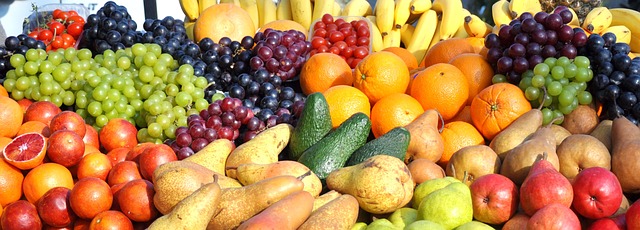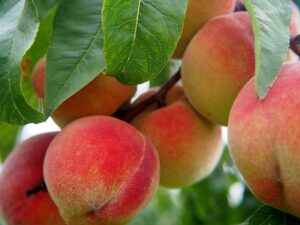Introduction
The promoter of a protein-coding gene plays a crucial role in gene expression and regulation. It is responsible for initiating the transcription process, where the genetic information encoded in the DNA is transcribed into RNA. The promoter region contains specific DNA sequences that interact with various proteins to initiate transcription. In this article, we will explore the role and characteristics of the promoter of a protein-coding gene in more detail.
Promoter Structure
The promoter region is typically located upstream of the protein-coding gene it regulates. It consists of several elements that work together to initiate transcription. One of the key elements is the TATA box, which is a short DNA sequence (TATAAA) found approximately 25 base pairs upstream of the transcription start site. The TATA box is recognized by a protein called the TATA-binding protein (TBP), which is part of a larger protein complex known as the transcription factor IID (TFIID).
Another important element in the promoter region is the transcription start site, where RNA polymerase binds to initiate transcription. The distance between the TATA box and the transcription start site can vary among different genes and is known as the TATA box position. Additionally, other regulatory elements such as enhancers and silencers can be present in the promoter region, which can influence the level of gene expression.
Promoter Function
The promoter acts as a binding site for various proteins involved in transcription initiation. When a protein-coding gene needs to be expressed, transcription factors bind to specific DNA sequences within the promoter region. These transcription factors recruit RNA polymerase, which then forms a transcription initiation complex at the promoter. This complex unwinds the DNA helix and begins the process of transcribing the gene into RNA.
The promoter strength, or the efficiency with which a promoter initiates transcription, can vary among different genes. Strong promoters are associated with high levels of gene expression, while weak promoters result in lower levels of gene expression. The strength of a promoter is influenced by the presence of specific DNA sequences within the promoter region and the binding affinity of transcription factors to these sequences.
Promoter Regulation
The promoter of a protein-coding gene can be regulated by various mechanisms to control gene expression. One common mechanism is the binding of regulatory proteins, known as transcriptional activators or repressors, to specific DNA sequences within the promoter region. Transcriptional activators enhance gene expression by recruiting additional transcription factors and promoting the assembly of the transcription initiation complex. In contrast, transcriptional repressors inhibit gene expression by preventing the assembly of the transcription initiation complex or blocking the binding of activators.
Additionally, the activity of the promoter can be influenced by epigenetic modifications, such as DNA methylation and histone modifications. These modifications can alter the accessibility of the promoter region to transcription factors and RNA polymerase, thereby affecting gene expression.
Conclusion
In summary, the promoter of a protein-coding gene is a crucial regulatory region that initiates transcription. It contains specific DNA sequences, including the TATA box, and interacts with various proteins, such as transcription factors and RNA polymerase, to initiate gene expression. The strength of the promoter and its regulation play important roles in determining the level of gene expression. Understanding the characteristics and function of the promoter is essential for unraveling the complex mechanisms of gene regulation.
References
– Alberts, B., Johnson, A., Lewis, J., Raff, M., Roberts, K., & Walter, P. (2002). Molecular Biology of the Cell. Garland Science.
– Lodish, H., Berk, A., Zipursky, S. L., Matsudaira, P., Baltimore, D., & Darnell, J. (2000). Molecular Cell Biology. W. H. Freeman and Company.
– Lewin, B. (2000). Genes IX. Oxford University Press.













